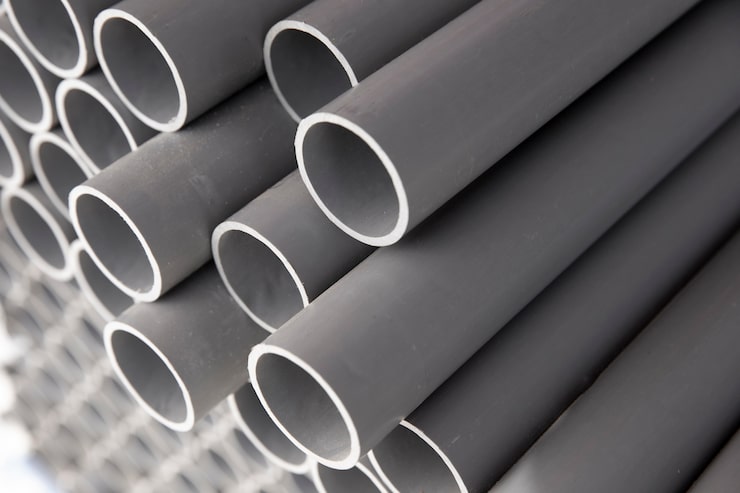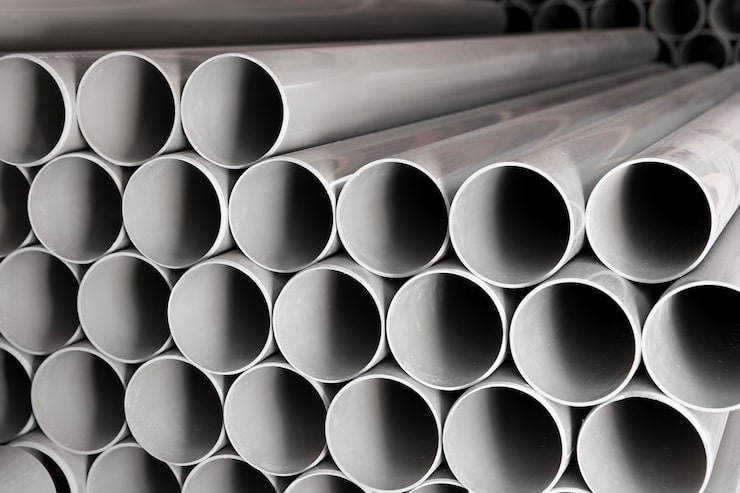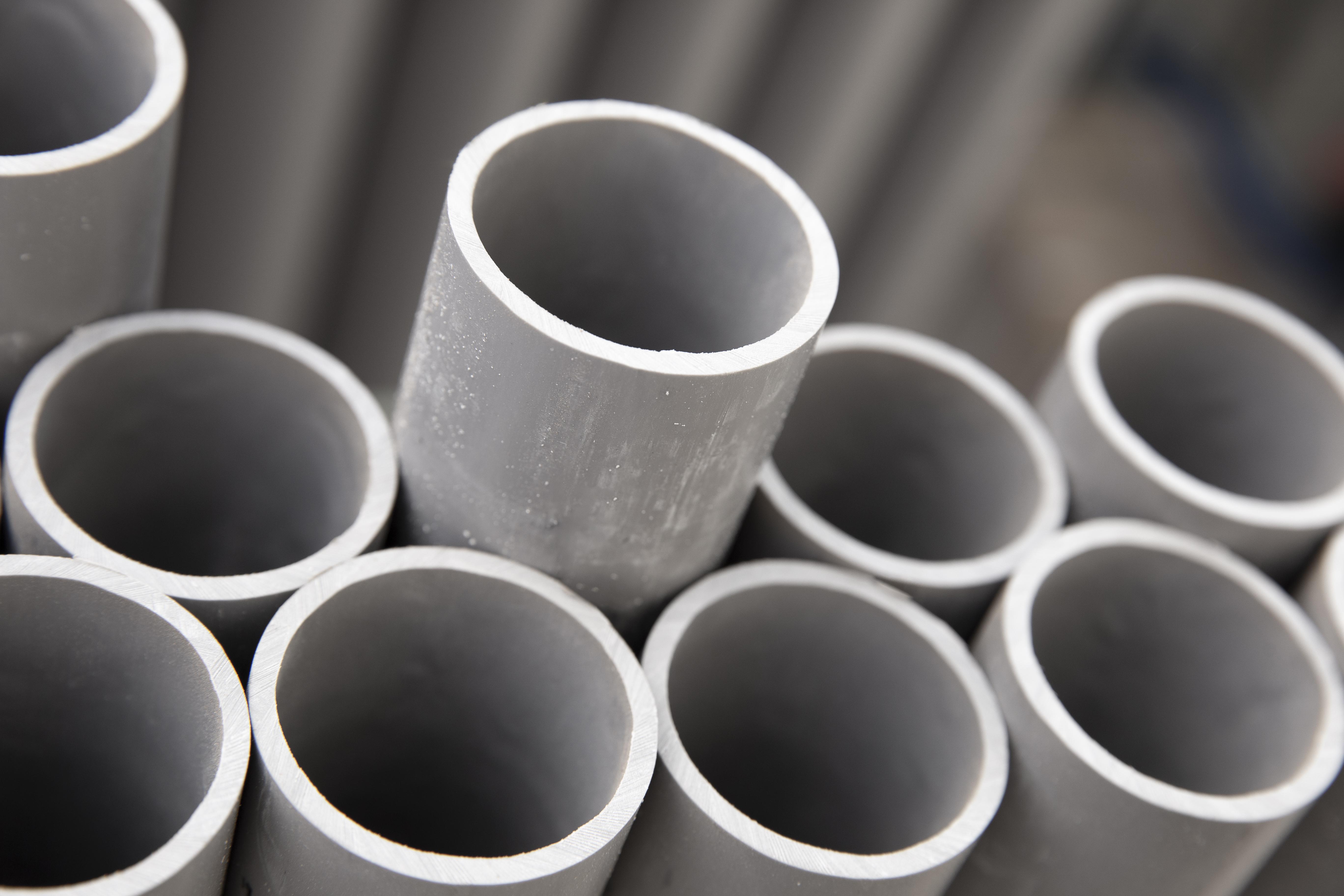When it comes to modern plumbing solutions, CPVC pipe has become a go-to option for homeowners, contractors, and engineers alike. But what exactly is CPVC pipe? What makes it different from other types of piping materials? And more importantly, is it the right choice for your water supply system, renovation project, or commercial building? In this detailed guide, we’ll explore everything you need to know about CPVC pipe—from its composition and advantages to its limitations and common use cases.

Understanding CPVC: What It Is
CPVC stands for chlorinated polyvinyl chloride. It is a thermoplastic pipe material manufactured through the chlorination of PVC resin. This process increases the pipe’s temperature and pressure resistance, making it more suitable for hot and cold potable water applications. Unlike standard PVC, which is commonly used for drain and vent systems, CPVC is specifically engineered to handle higher temperature ranges, which is why it’s widely used in water distribution systems.
CPVC pipe is typically light beige, cream, or yellowish in color. It comes in various sizes and is available in both schedule 40 and schedule 80 wall thicknesses, depending on the pressure and flow requirements. Due to its smooth inner surface, CPVC provides minimal friction loss, allowing for efficient water flow without the risk of scale buildup or corrosion.
Why CPVC Is Popular in Plumbing Systems
One of the main reasons CPVC pipe has gained popularity is its excellent thermal resistance. CPVC can handle temperatures up to 200°F, making it ideal for hot water lines in residential and commercial plumbing systems. In contrast, standard PVC pipes are limited to lower temperature applications and can become brittle when exposed to hot water over time.
Another critical advantage is CPVC's resistance to corrosion and chemical degradation. Unlike metal pipes that are susceptible to rust and scale, CPVC remains unaffected by aggressive water conditions. It is compatible with chlorinated water and does not leach contaminants, making it safe for drinking water systems. These features contribute to its long service life, often exceeding 50 years with proper installation.
Moreover, CPVC is lightweight and easy to work with. It can be cut using standard tools and joined using a simple solvent cement welding process. This makes it a preferred option for contractors looking to save on labor costs and installation time. The material also requires fewer specialized tools compared to copper or steel piping, which makes it attractive for do-it-yourself projects.

Key Applications of CPVC Pipe
CPVC pipe is used in a wide range of applications where reliable water transport is essential. These include:
Residential hot and cold water systems
Commercial buildings such as hotels, schools, and office complexes
Industrial process water systems
Fire sprinkler systems using specially rated CPVC formulations
Water distribution in healthcare facilities due to its microbial resistance
Because it meets stringent safety and quality standards for potable water use, CPVC is trusted in many mission-critical environments where water quality and system reliability are top priorities.
Safety and Health Considerations
CPVC pipe is certified for use in potable water systems by regulatory agencies such as NSF International. It complies with standards like NSF/ANSI 61, which ensures that the pipe does not leach harmful chemicals into drinking water. CPVC is also non-toxic and resistant to biofilm formation, which means it doesn’t support the growth of bacteria within the pipe walls.
This is particularly beneficial in hospitals, schools, and homes where maintaining clean, safe water delivery is critical. In addition, CPVC’s smooth inner surface prevents scale formation, ensuring water quality and consistent pressure throughout the plumbing system over the years.
Installation Best Practices
Although CPVC is easy to install, there are specific guidelines that should be followed to ensure a leak-free and long-lasting system. First, it is important to use only the approved CPVC solvent cements and primers designed for this material. Using incompatible adhesives can weaken the pipe joints and cause failure.
Second, CPVC should not be over-tightened when using threaded fittings. Unlike metal pipes, CPVC does not respond well to stress or torque. Over-tightening can lead to stress cracks over time, especially if the pipe is exposed to pressure fluctuations.
Third, while CPVC has some UV resistance, it is still recommended to avoid prolonged exposure to direct sunlight. For outdoor applications, pipes should be covered, painted with UV-resistant paint, or otherwise shielded to prevent degradation.
Lastly, proper support and spacing are critical during installation. CPVC expands and contracts with temperature changes, so leaving room for movement and avoiding over-constraining the pipe is essential to maintain system integrity.
CPVC Compared to Other Piping Materials
Many users often compare CPVC with other common plumbing materials such as copper, PEX, and PVC. While each has its advantages, CPVC offers a unique balance of performance, durability, and affordability.
Compared to copper, CPVC is much less expensive and not subject to theft. It also resists corrosion and scaling better than copper, especially in regions with hard or aggressive water. In contrast to PEX, which is highly flexible and easy to maneuver, CPVC has better temperature tolerance and is less susceptible to chemical degradation. While PVC is suitable for cold water and drainage applications, it cannot handle hot water, making CPVC the better choice for pressurized water supply systems.

Limitations and Things to Consider
Despite its many advantages, CPVC is not suitable for every application. For instance, it is rigid and not as flexible as PEX, which means it may not be ideal for tight or complex piping layouts. It also becomes more brittle over time if exposed to UV light or freezing conditions. In very cold climates, additional insulation may be required to prevent pipes from cracking during extreme temperature drops.
Additionally, CPVC cannot be used for fuel gas lines, compressed air systems, or exposed high-impact environments. These applications require more specialized piping materials with different performance profiles.
CPVC also needs careful handling during storage and transportation to avoid chipping or cracking. It is best stored in shaded, dry areas and handled with care to maintain its structural integrity.
Conclusion
So what is CPVC pipe? It is a high-performance thermoplastic piping material designed specifically for hot and cold water supply systems. With its excellent resistance to heat, chemicals, and corrosion, CPVC offers a durable and cost-effective alternative to metal and other plastic piping materials. Its proven track record in residential, commercial, and industrial applications underscores its reliability and effectiveness.
For homeowners looking for a safe, efficient, and low-maintenance plumbing solution, CPVC presents a compelling option. Builders and contractors benefit from its ease of installation and long-term performance. And facility managers appreciate its consistent reliability and compliance with health and safety standards.
Whether you’re planning a new construction project or upgrading an existing plumbing system, CPVC pipe deserves serious consideration. By understanding its characteristics, applications, and installation requirements, you can make a well-informed decision that ensures long-term value and peace of mind.


